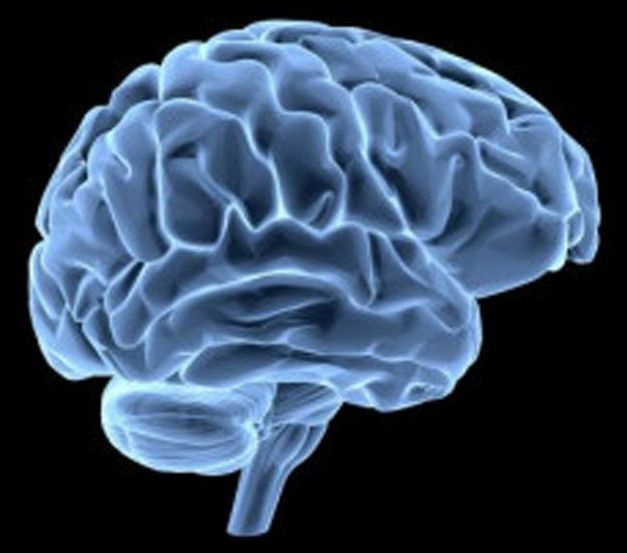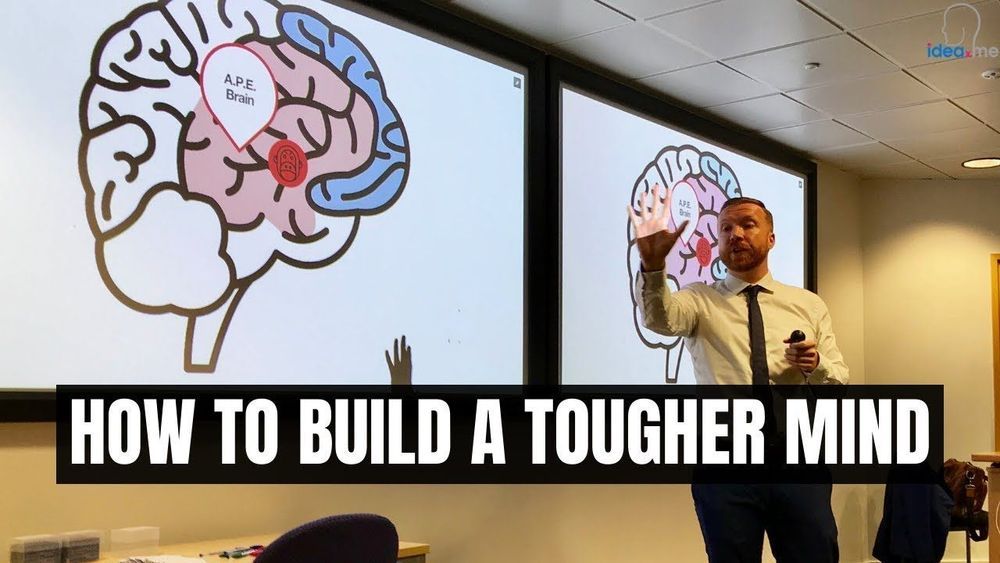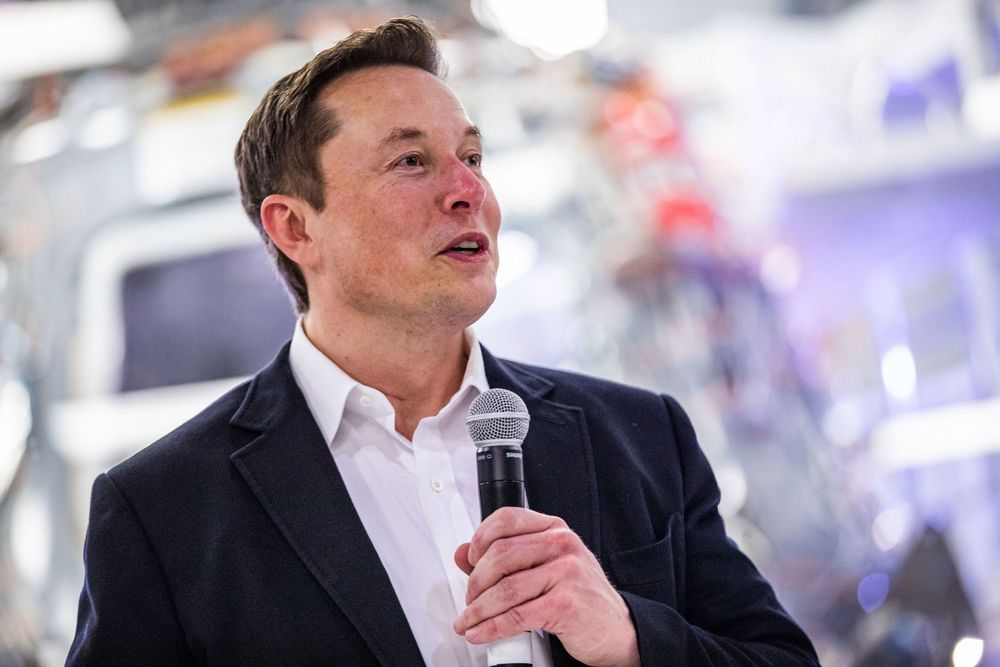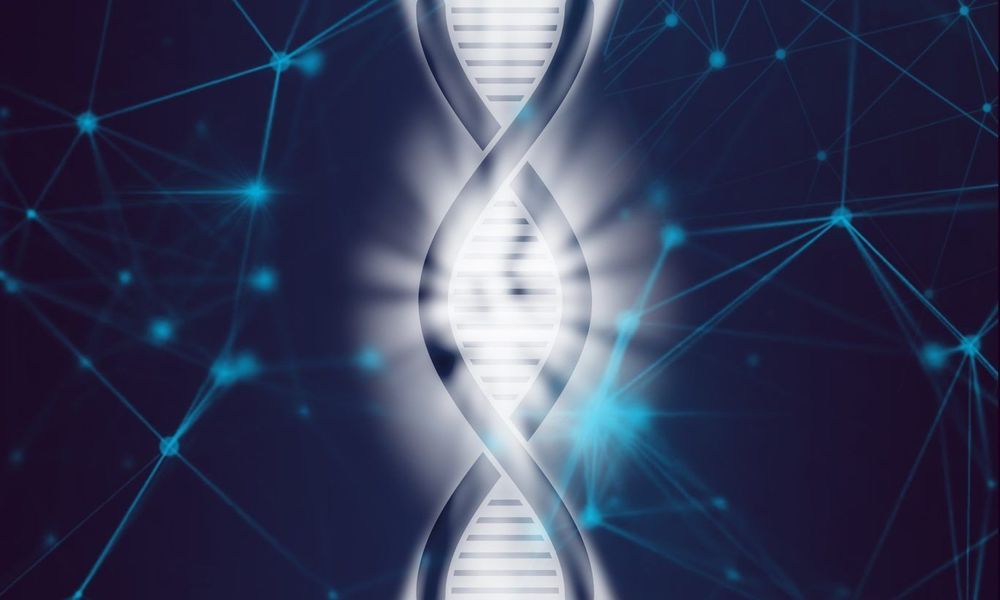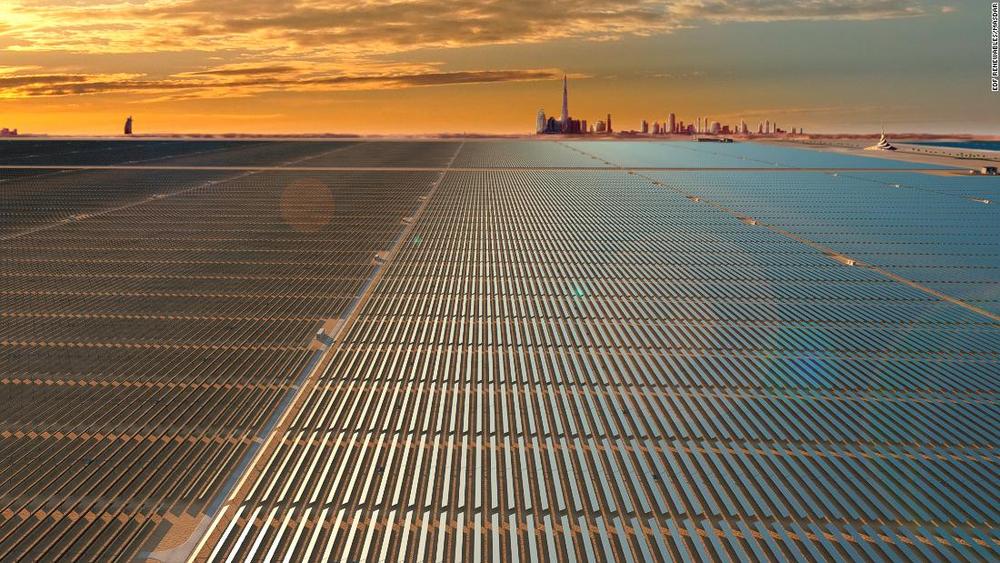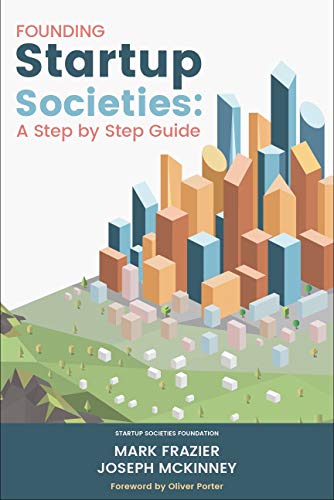
When it comes to kefir benefits, there are more than you can shake a well populated gut microbiome at. Because the drink – typically made from cow, goat or sheep milk, that gets the funky, fermented treatment – is resplendent in potential wins for your health.
But it can be a bit of a, erm, challenging concept. Why? Well, the texture can wind up somewhat lumpy, and the taste is distinctly sour. It’s fermented by adding kefir grains, which are colonies of yeast and lactic acid bacteria that look like tiny gel-like beads, similar to those used for sourdough, to milk and leaving for 24 hours, allowing the microorganisms to multiply and ferment the lactose to lactic acid. Bang: you’ve got DIY kefir.
Though — shocker — is isn’t vegan, it is possible to make from non-dairy milks or drinks, like coconut water, but the benefits proven in the same way. It is however low in lactose (the natural sugar in the milk), as the process of making kefir turns the lactose into lactic acid, so often lactose intolerant people can drink it.
